By Eric T. Baker
It is funny how genres come and go. A book becomes a best seller and suddenly there are a plethora of submarine games (and movies). And then time passes and fashion moves on to the next thing. But fashion to the side, submarines are an inherently excellent genre for gaming. At their core, they are one ship against many, cunning and stealth vs. overwhelming might. The player is the underdog from the word go and satisfaction of success is thus guaranteed in a way that it isn’t when the odds start out balanced.
All of these things are on display in Silent Hunter: Wolves of the Pacific from Ubi Soft for the PC. SH:WotP is actually a follow up to 2005’s Silent Hunter III, which put players in the role of a U-boat commander in the Atlantic. This time the player commands one of a variety of American boats against Japanese shipping in the Pacific. There is a choice of several scenarios, a patrol mode, a career mode, and a multiplayer mode. Multiplayer is the only mode where a player can run the Japanese; in all the other modes the player is an American and in command of a submarine.
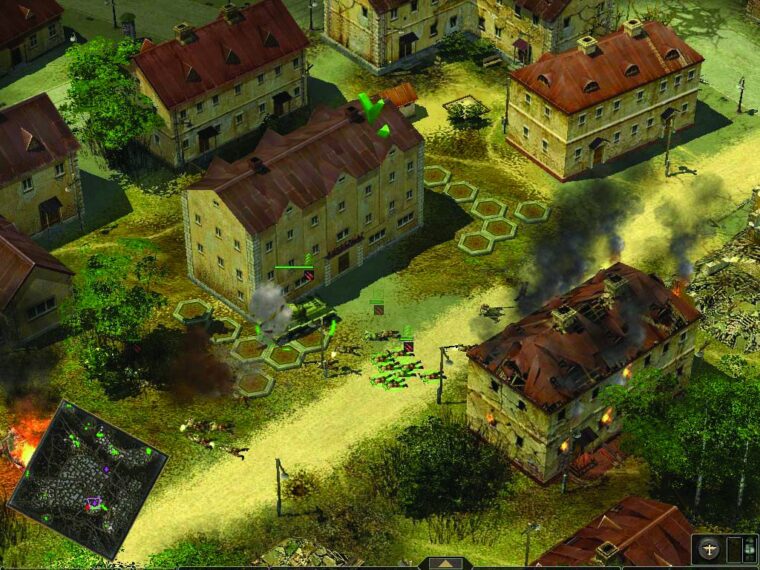
The form of the game is as complex as the players want it to be. They can move through their boat from station to station, assigning crew to shifts and duties, plotting movement and attack runs. Or they can change the settings and make things as simple as pointing the periscope and pushing the “fire button.” The game is at its best, however, when the settings are most of the way toward simulation and the player is taking half an hour to maneuver his boat in the perfect position to take out the prize at the heart of the convoy, and to get away afterward, as all the while their virtual crew members quietly provide atmospheric chatter. It is at these times that the game best conveys the tension and danger of the real hunts.
A genre that has not been under- represented the past couple years has been real-time strategy games of the ground war in Europe. Frontline: Fields of Thunder from Paradox Interactive for the PC is a simulation of the battle for Kursk in Russia in 1943. Well known to all WWII gamers, Kursk is famous as the largest tank battle … ever. F:FoT represents it in two campaigns of 10 scenarios each. Players can go through it from one side and then the other, or alternate, but in form each of the historically accurate engagements is similar. The computer’s troops are dug in at a town or around a bridge or some similar feature, and the player must use his troops to root them out.
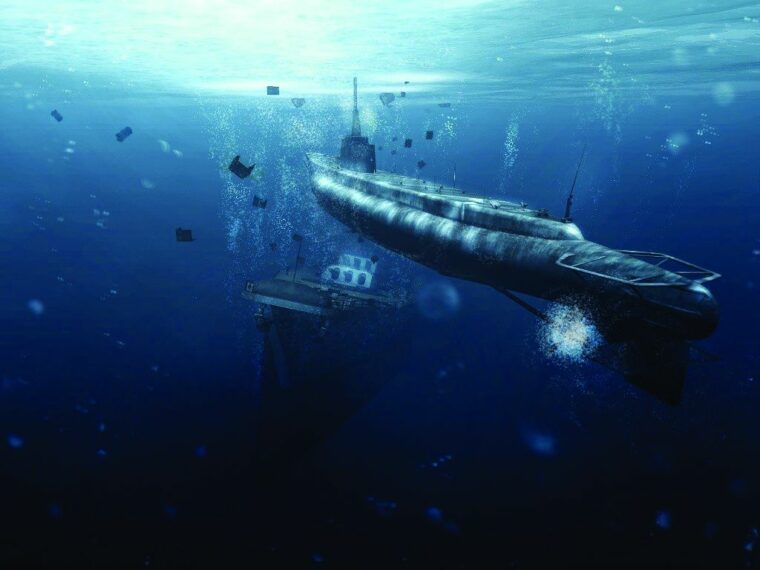
F:FoT is noticeably harder than many similar games. Typically, the computer forces in these games can be overwhelmed by a tank rush, smashing the forces in detail as the computer fails to mass enough firepower to blunt the thrust. In F:FoT this tactic will fail because in most scenarios, the computer starts out in position to blow a rush apart. In fact, the player will probably have to play each scenario several times to find weak points and to learn which order of battle will best exploit them. Some players will enjoy this increased difficulty; others will be put off by game play that feels more like looking for the one possible solution than it does inventing winning strategy.
This column doesn’t often mention miniatures gaming, but for those with the time and money, there is no better way to simulate historical battles since miniatures provide both unlimited customizability and a “war room” feel that computer and even board games lack. Having invested the time and money in creating a miniatures army, players still need both rules to resolve the battles and scenarios to battle out. TreadHead Games is filling the demand for the latter with a series of scenario books set in some of the less commonly modeled battle fields of WWII.
The first book of the series is Balkans on Fire: The War in Greece 1940-1941. It is 48 black and white pages with a color cover, and it contains nine historical scenarios. The first seven pit the Greeks against their Italian invaders. The eighth details a battle of the German SS vs. the Greeks, and the final is the SS against a Commonwealth force. Each scenario write-up contains sections for the battle’s historical perspective, its historical outcome, the turns and victory conditions, the weather and ground conditions, a map of the terrain, an order of battle for each side, and often a sidebar on some historical element of the battle such as the history of the Bersaglieri, the elite light infantry of the Italians. The book begins with four pages of history on the period and place, and has another section on adapting the scenarios to various different rules sets. It will take some renaming for most players to put these forces together, but these challenging battles are practically guaranteed to be ones the players have never fought before.
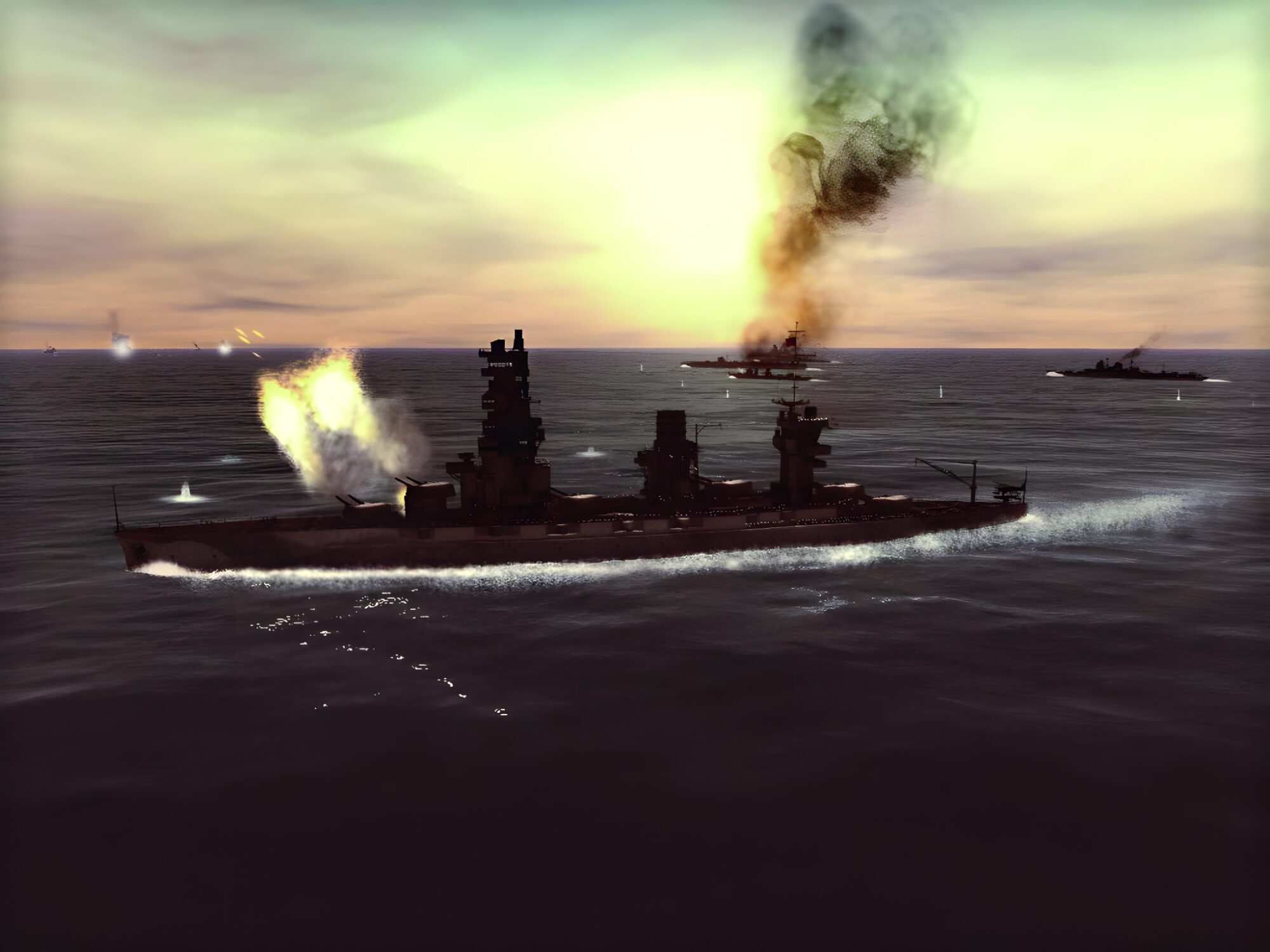
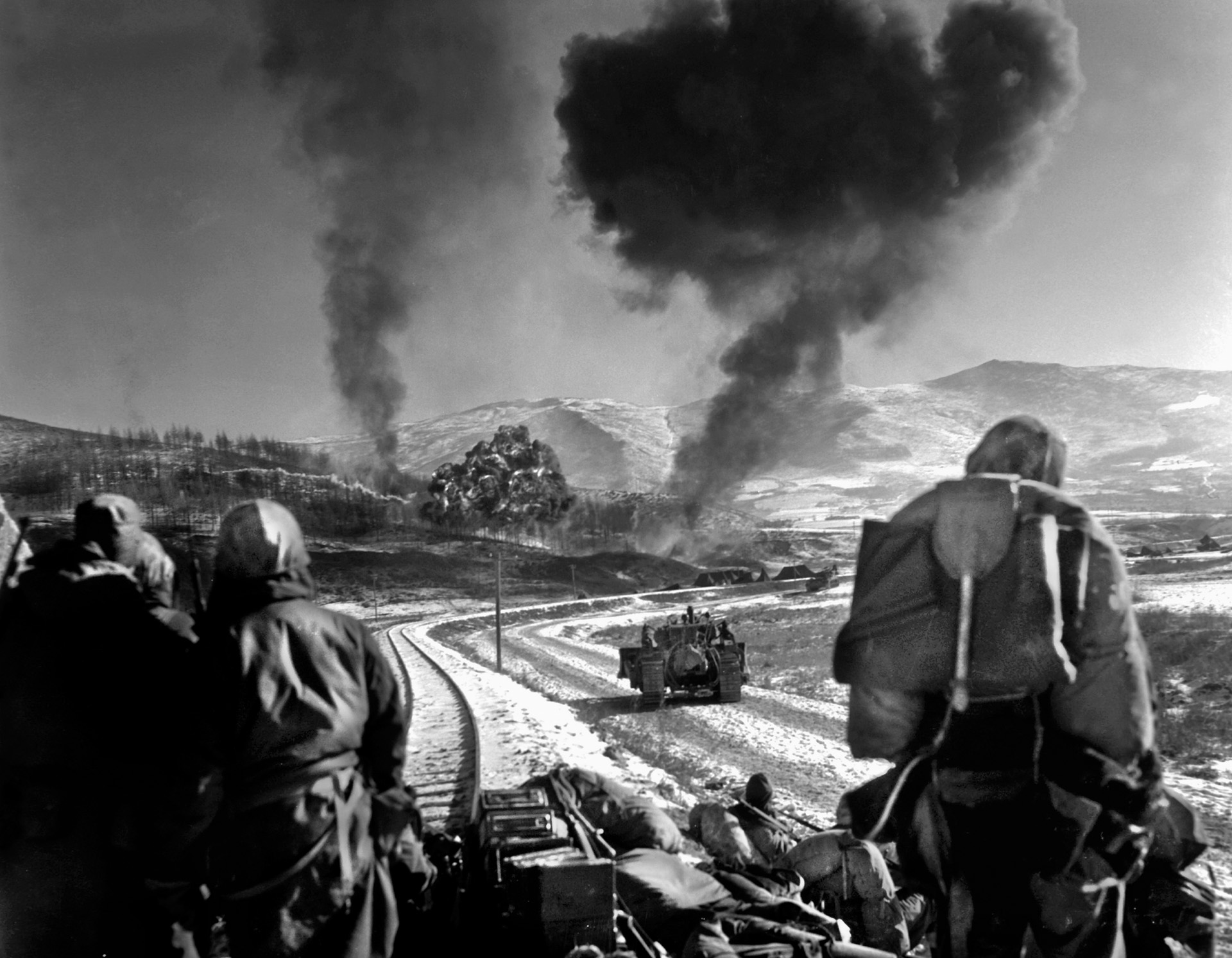
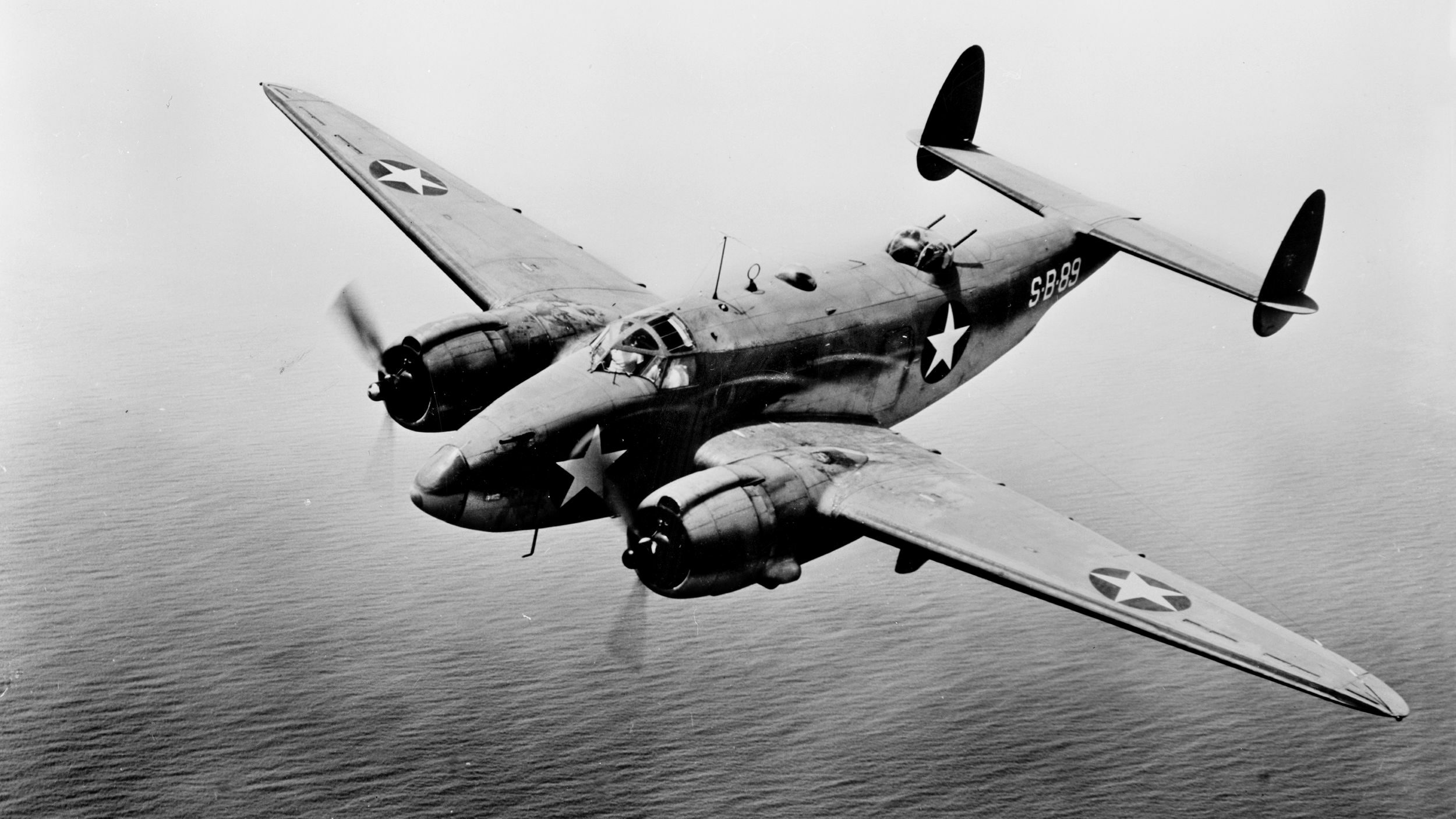
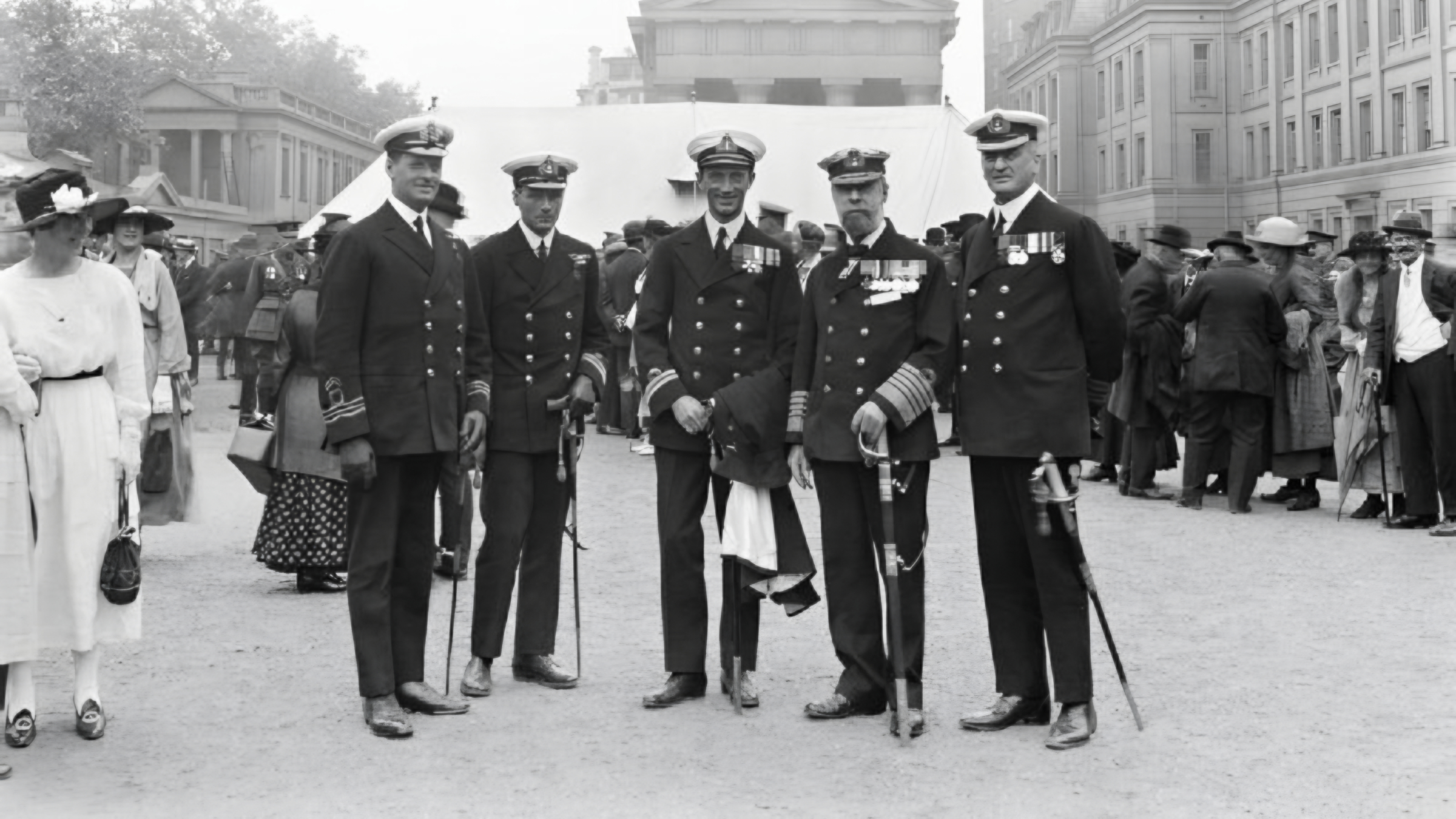
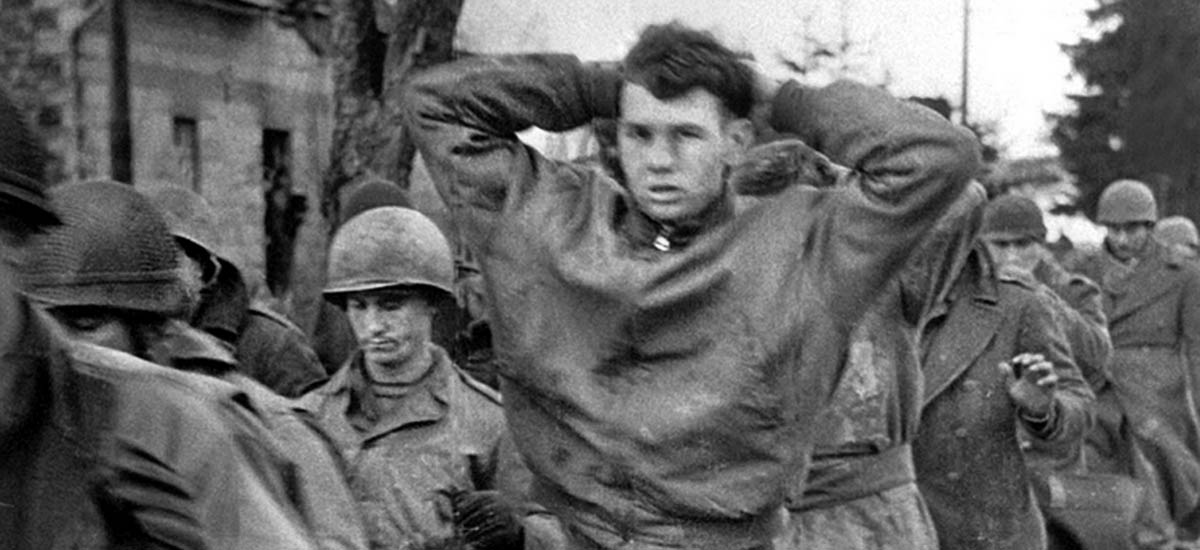
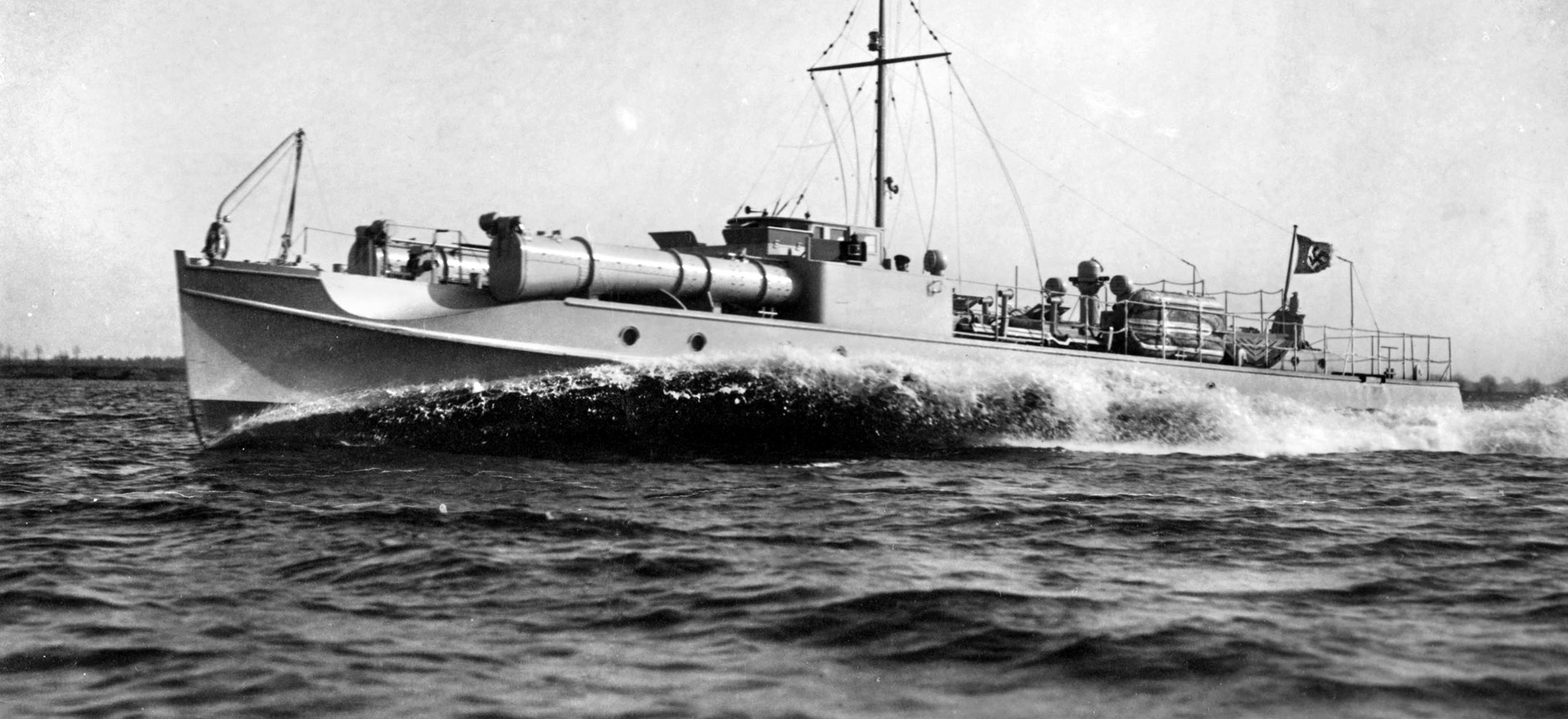
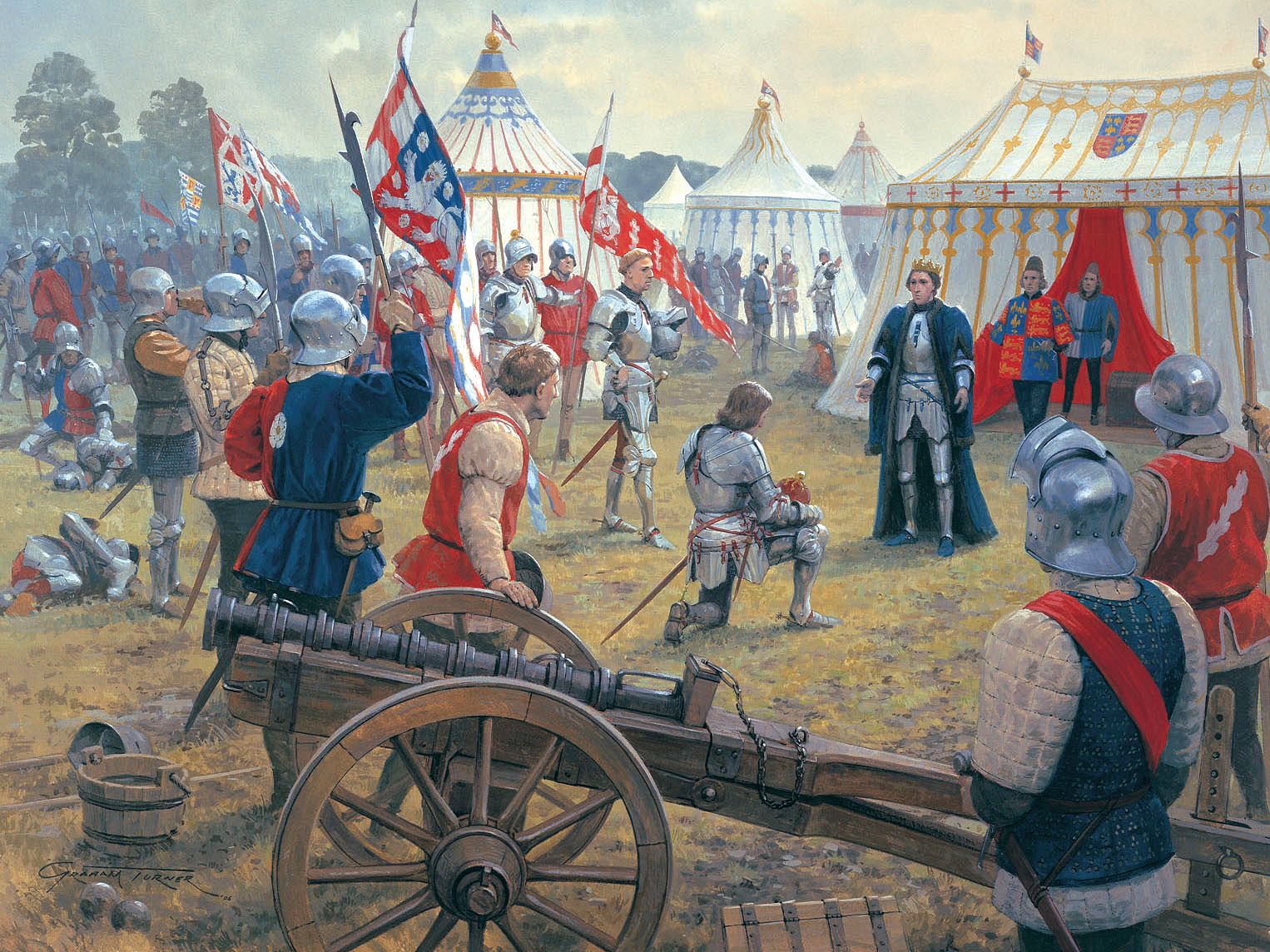
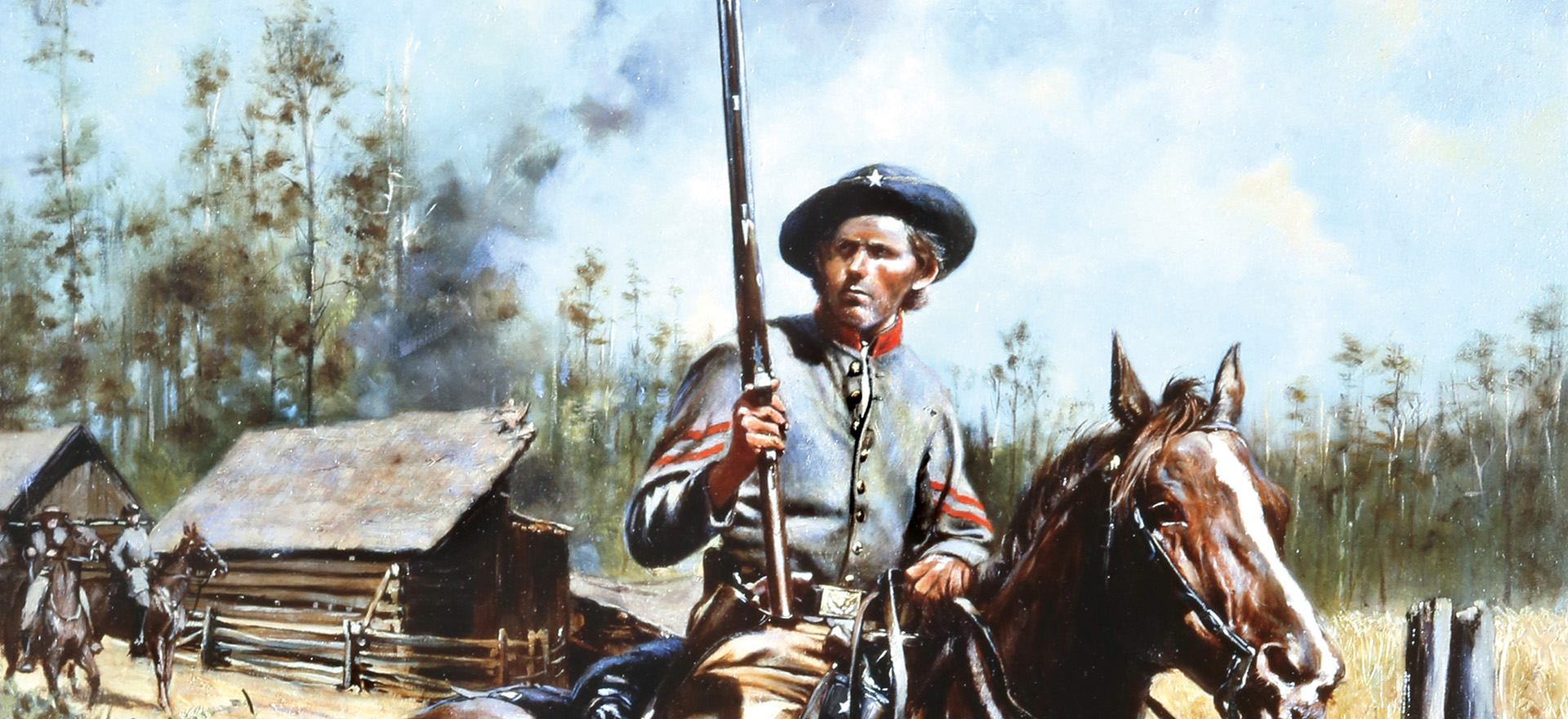
Join The Conversation
Comments
View All Comments